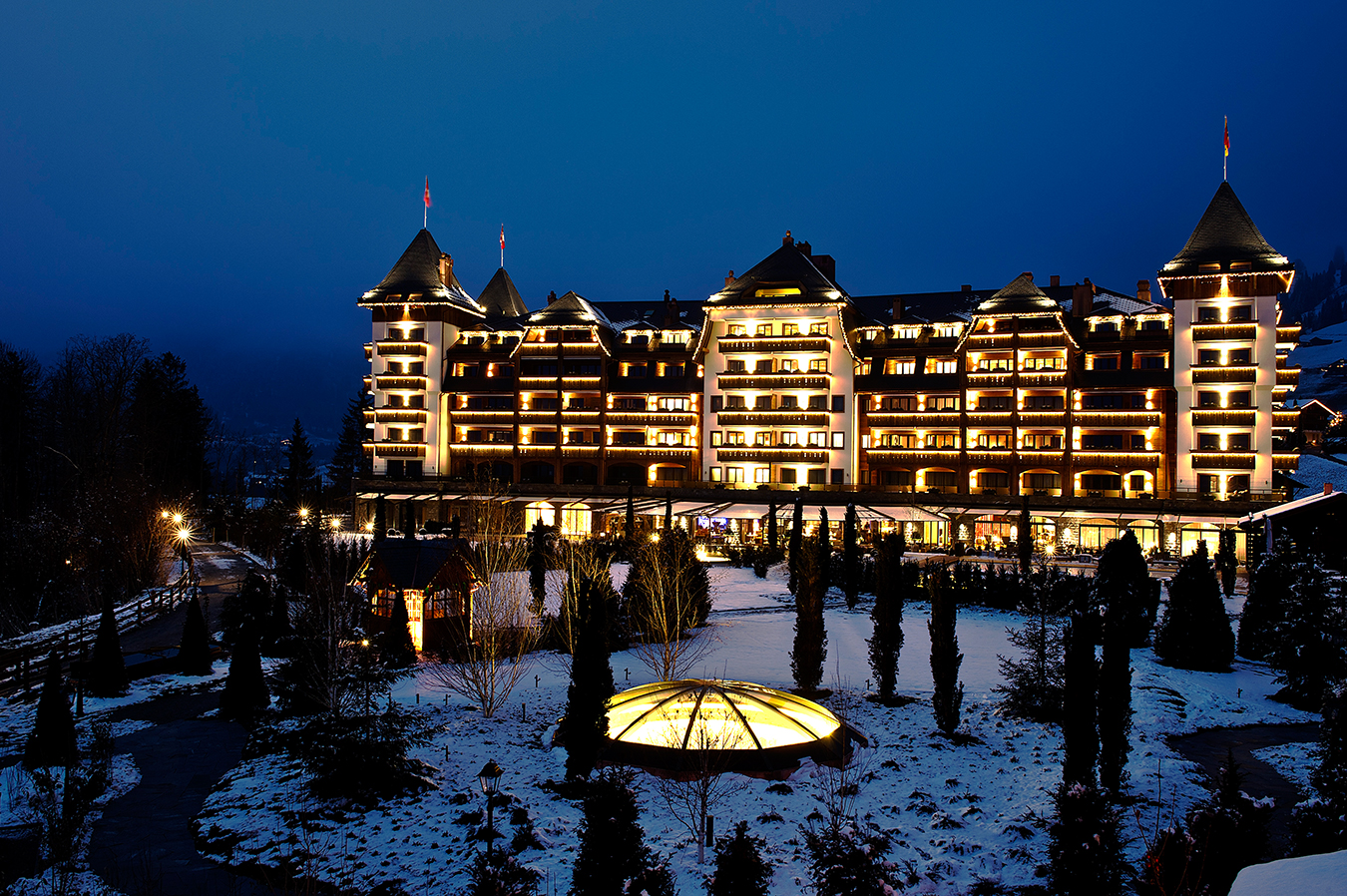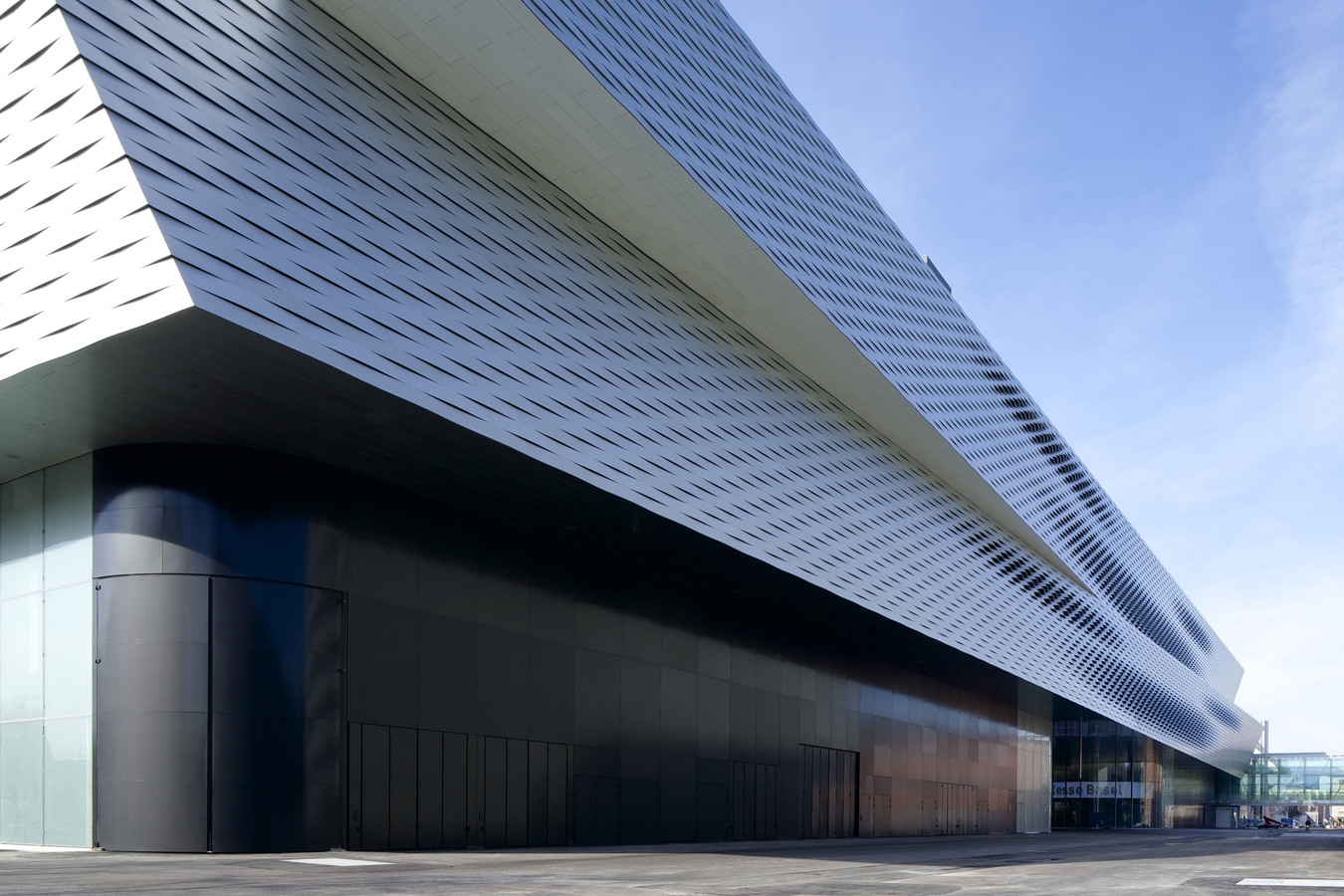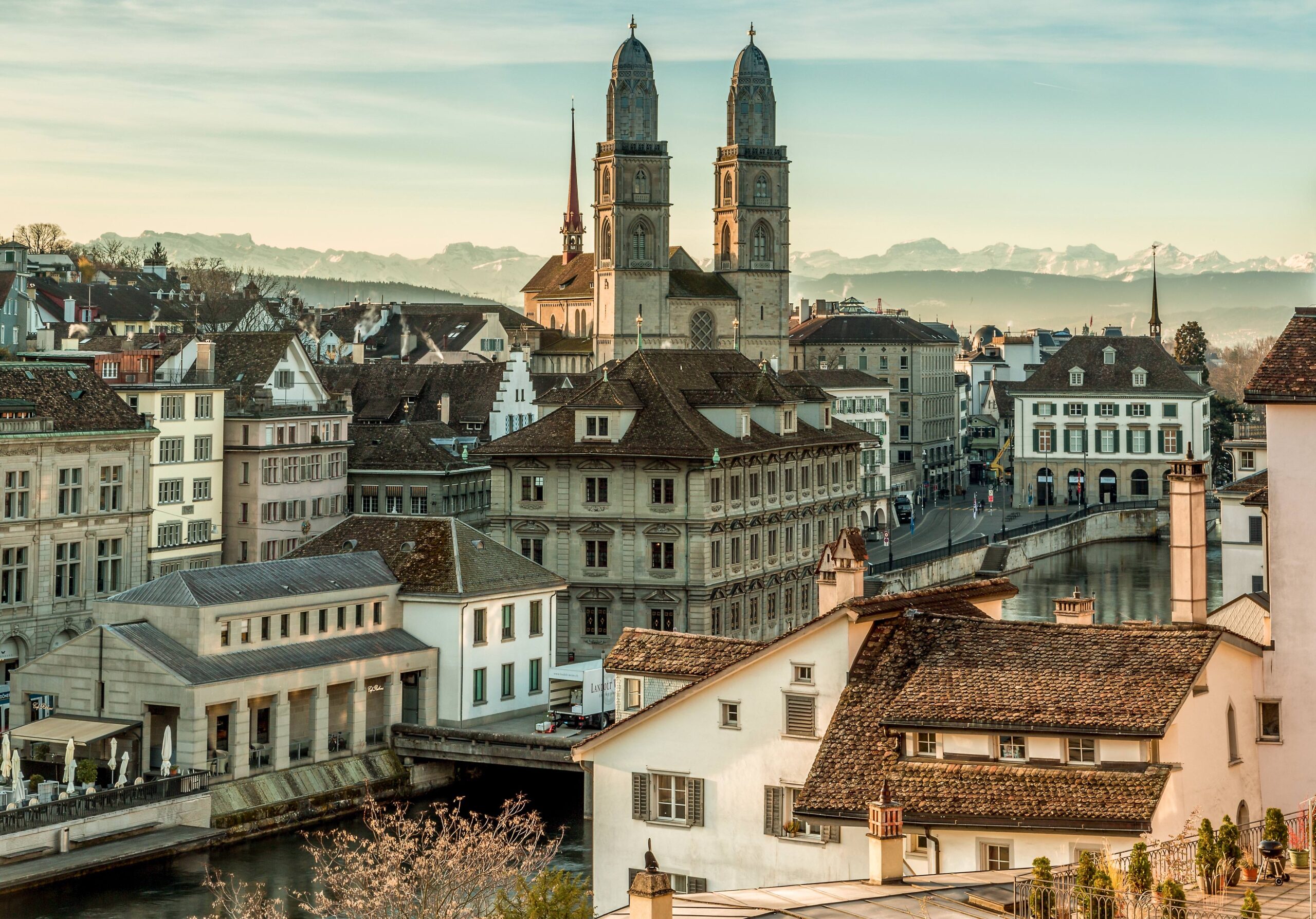
Photo by Jan Geerk, courtesy of Switzerland Tourism.
Switzerland’s Largest City: An Aesthete’s Guide to Zurich
A city that boasts a culture scene where tradition and innovation intersect.
Zurich took me by surprise.
When planning a weekend in the city, I was met with a dearth of recommendations from friends. “I’ve been through the airport,” said one. “I only stayed a night,” offered another. It was a common theme: Zurich is a short stop on the way to somewhere else. But wandering its streets for two days, I found Switzerland’s largest metropolis easy to love.
The city has an austere beauty, a pleasing if slightly unnerving efficiency, and an endearing propriety—essentially, it’s very Swiss. A steepled cityscape is set against a frieze of snow-dusted Alps and bottle-green hills, Lake Zurich incandescent in the golden late-afternoon sun. After a swift train ride from the airport, I board the Dolderbahn cogwheel railway, which chugs 700 metres uphill to the Adlisberg, a forested mountain. The train drops me virtually on the doorstep of my hotel, the Dolder Grand, a historic 175-key property with sweeping views of the city.
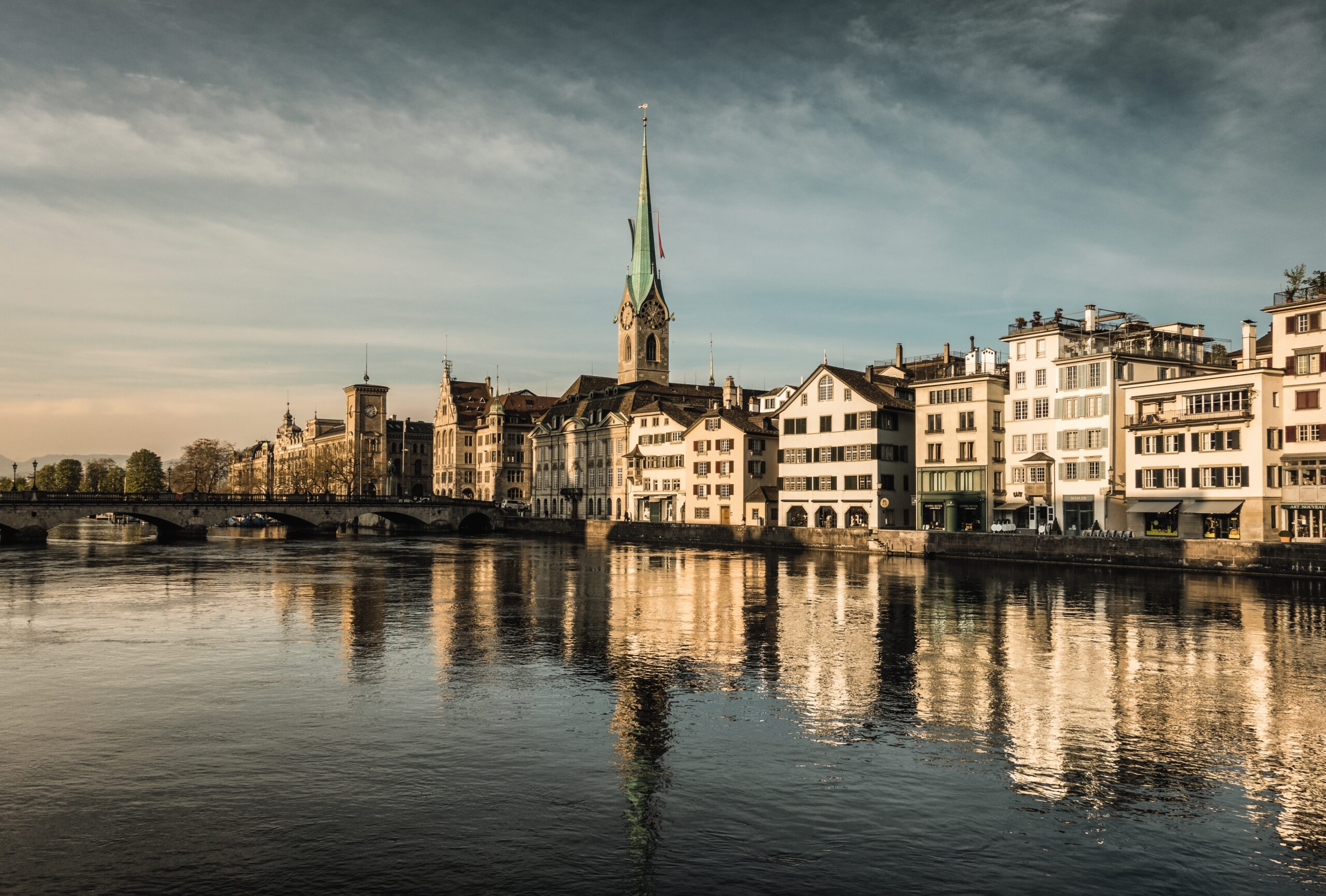

In the old-world lobby, polished floors gleam under a chandelier framed by marble columns. Beyond a burnished-gold staircase, a passageway leads from the original 1899 building to two wings designed in 2008 by London-based architects Foster + Partners. The transition is marked by a Takashi Murakami sculpture, Troll’s Umbrella, one of over 100 modern works by artists from Dali to Julian Schnabel that grace the hallways. The clean lines of my room in the new spa wing are dressed in warm creams and mauves, and a leafy balcony admits a clement fall breeze.
Dinner that evening is at the hotel’s Saltz Restaurant, where interior design by artist Rolf Sachs creates a theatrical backdrop for contemporary regional fare by chef Julian Mai. A neon light installation echoing the silhouette of the Swiss Alps runs the length of a vermilion wall above scarlet banquet seating. The hotel’s marriage of old and new is indicative of the city itself, a cultural palimpsest that holds the medieval and modern in beguiling tension.
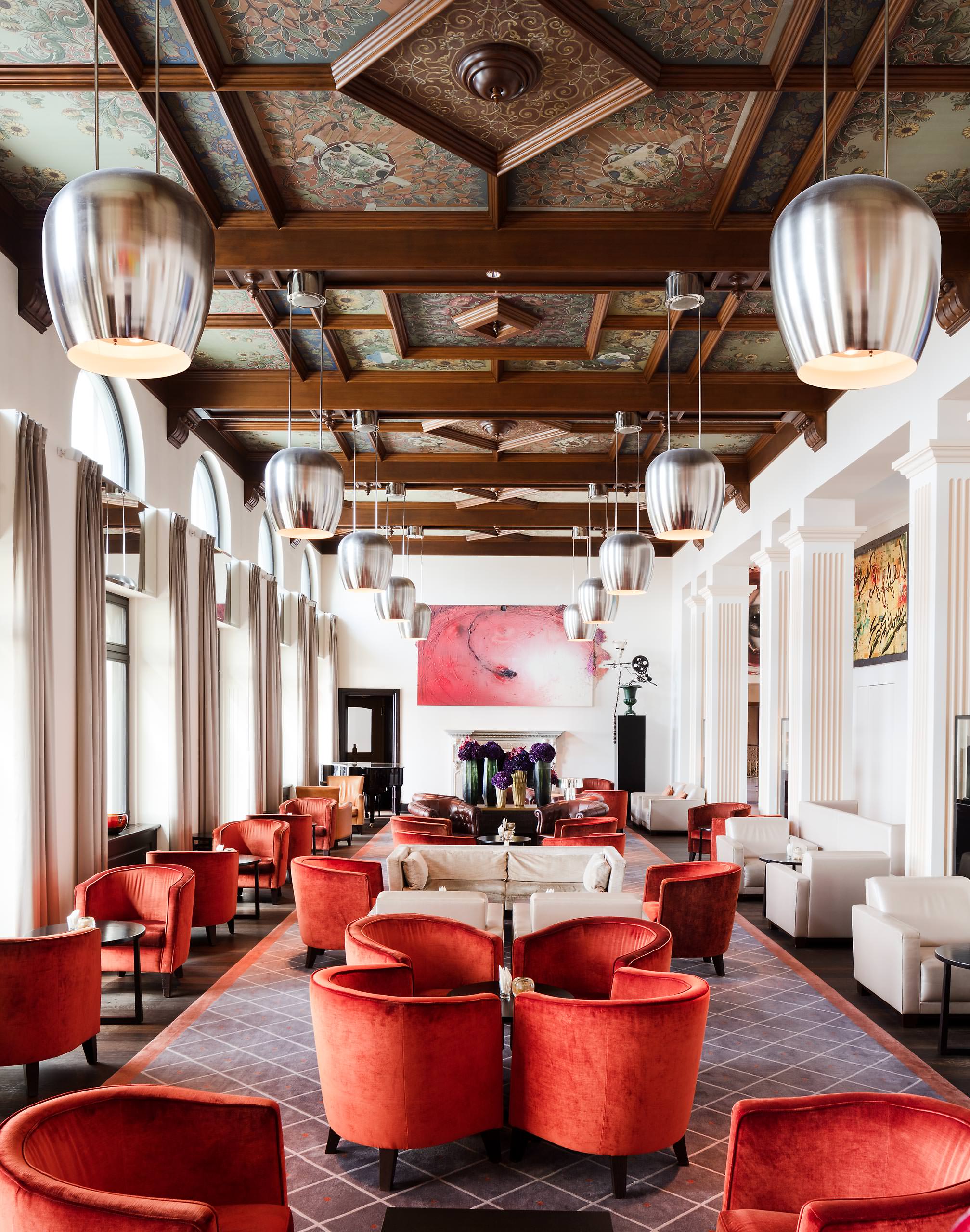
The Dolder Grand is a historic landmark in Zurich, with the original structure dating back to 1899 and new wings designed by Foster + Partners. The result marries classical with contemporary—an exquisite setting in which to relax.
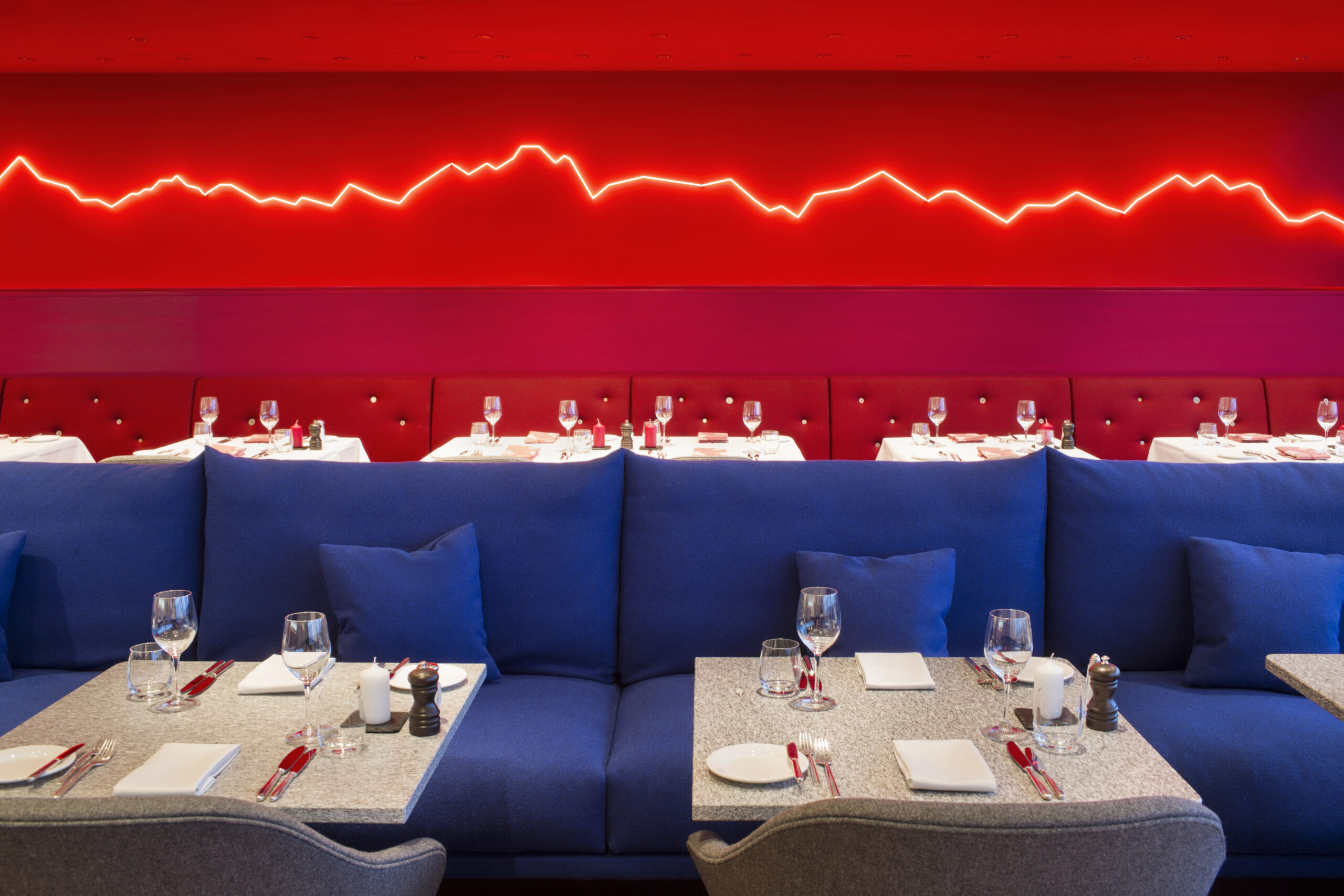
The next morning, I begin the day by the main canal that veins through the city centre. It’s Sunday, and as I cross the Münster Bridge, a symphony of church bells ricochets off crenellated spires and echoes down the cobblestone streets of the Altstadt (Old Town). Meandering uphill through public squares and narrow streets brings me to the Kunsthaus Zurich, a museum and art gallery established in 1910. Behind the classic stone façade is one of Switzerland’s largest art collections, which spans the Old Masters to modern icons including Picasso and Matisse and through the Dada movement—which began in Zurich in 1916—to Surrealists Dali and Miró.
Down the hill and over the bridge, I discover a stained-glass window by Giacometti in the Fraumünster, a church and former convent established for aristocratic women in 853. Giacometti’s work The Heavenly Paradise pales in comparison to the church’s bright, expressive windows created by Chagall in the late ’60s, however. The five whimsical works of stained glass illuminate the choir, creating a rather striking juxtaposition between Gothic architecture and modern art.
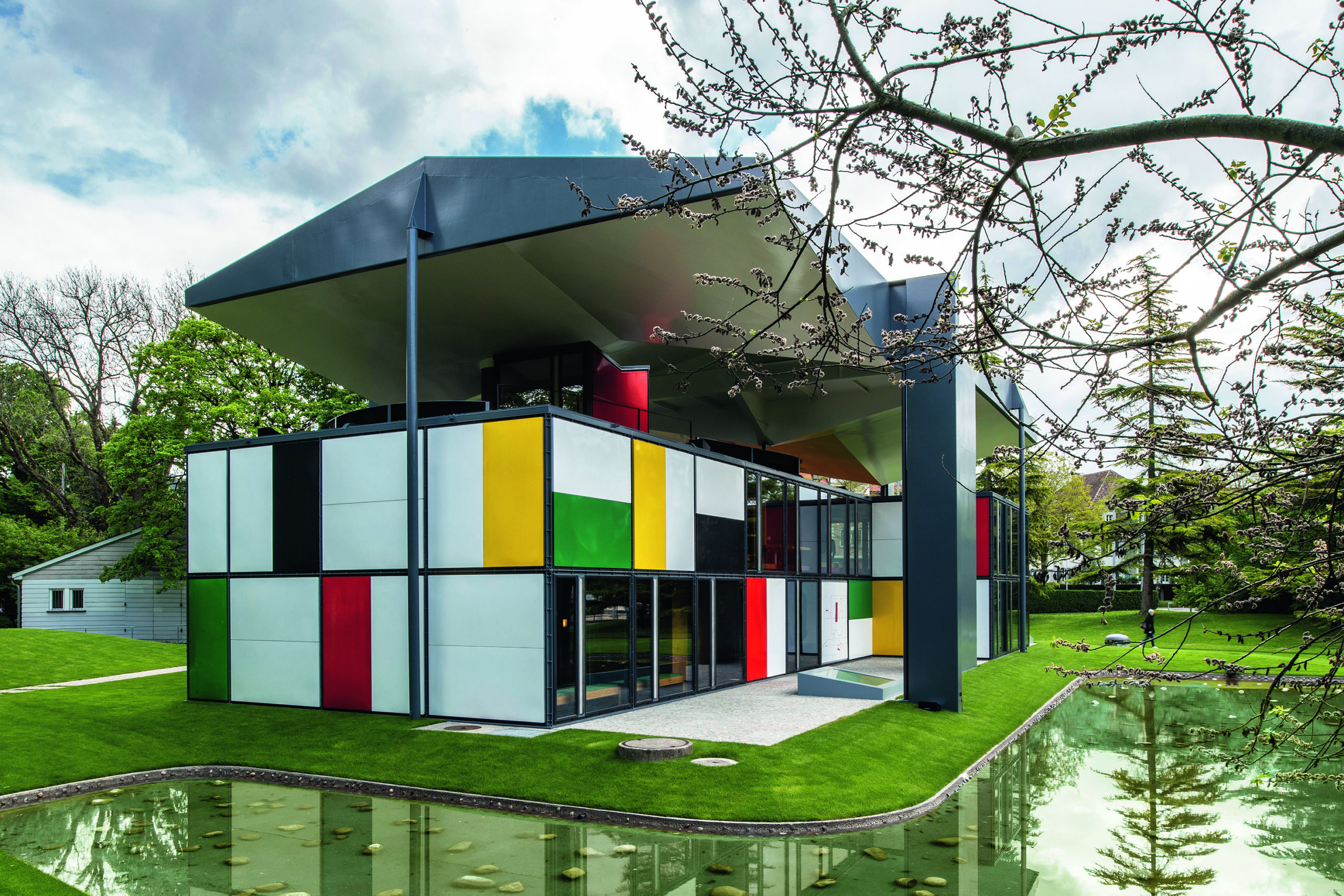

The surrounding area is peppered with cafés and restaurants. At Milchbar, I settle in at a small table in the open-air courtyard, where a crowd of young, trendy people are smoking and snapping selfies over coffee and cheese-and-onion rösti, a traditional dish of deep-fried grated potatoes topped with an egg.
Adequately caffeinated, I retreat to the Dolder Grand to relax at the spa, a 4,000-square-metre sanctuary created by American spa designer Sylvia Sepielli. It’s easy to lose all sense of time as I circulate through a dry sauna and cold plunge pool, a Japanese-style sunaburo (sand bath) filled with warm polished pebbles, and a “snow paradise” that treats me to snowflakes showering down over an invigorating, if slightly treacherous, icy floor.

That evening, it’s over to gritty Langstrasse, the city’s former red-light district, where dive bars jostle up against hip restaurants like Gül, a contemporary Turkish eatery. A parade of small plates rolls out one after the other, including lightly grilled squid and peppery kofte, punctuated with baklava smothered in tart cherry ice cream. Nearby Zurich West, once an industrial district, is now the heartbeat of the city’s modern art and design scene. Kunsthalle Zurich, a former brewery turned art gallery, exhibits work by emerging and established contemporary artists.
On my last morning, I walk along Lake Zurich’s promenade between the bronze crowns of chestnut trees to Pavillon Le Corbusier, a museum dedicated to the life and work of the prolific Swiss-French architect. The last building he designed, its modular steel, glass, and Crayola-coloured planes are in perfect harmony. The streets that skirt the museum are perhaps the prettiest in Zurich, dotted with heritage mansions like the belle époque–era Villa Patumbah, which houses a heritage centre. Together they make a fitting farewell to Zurich old and new. 

